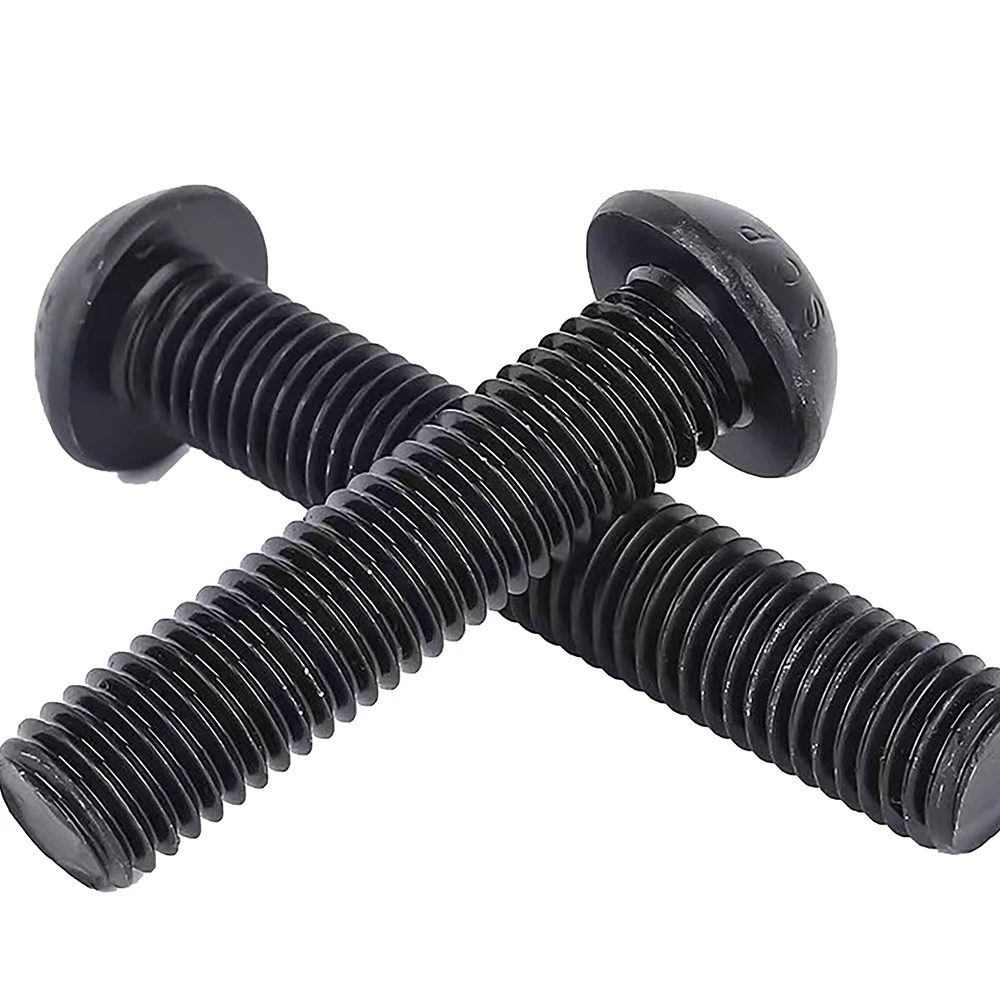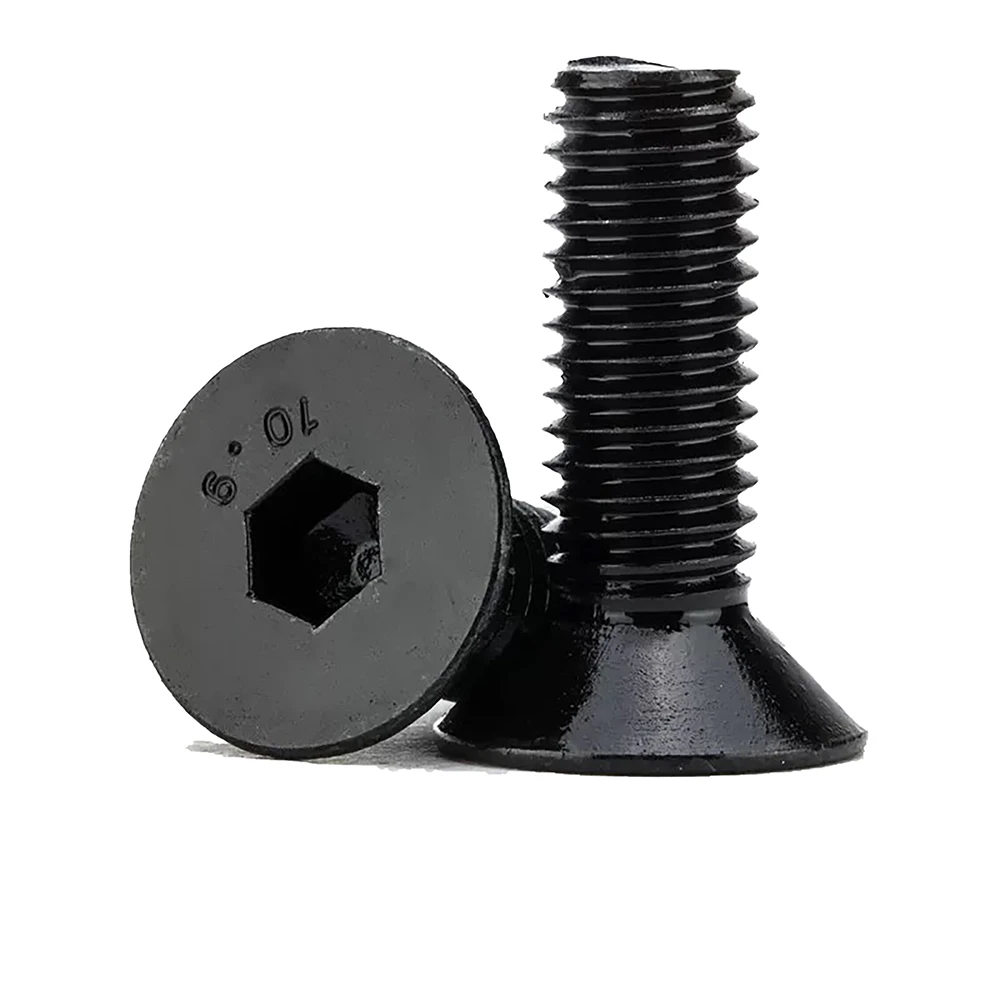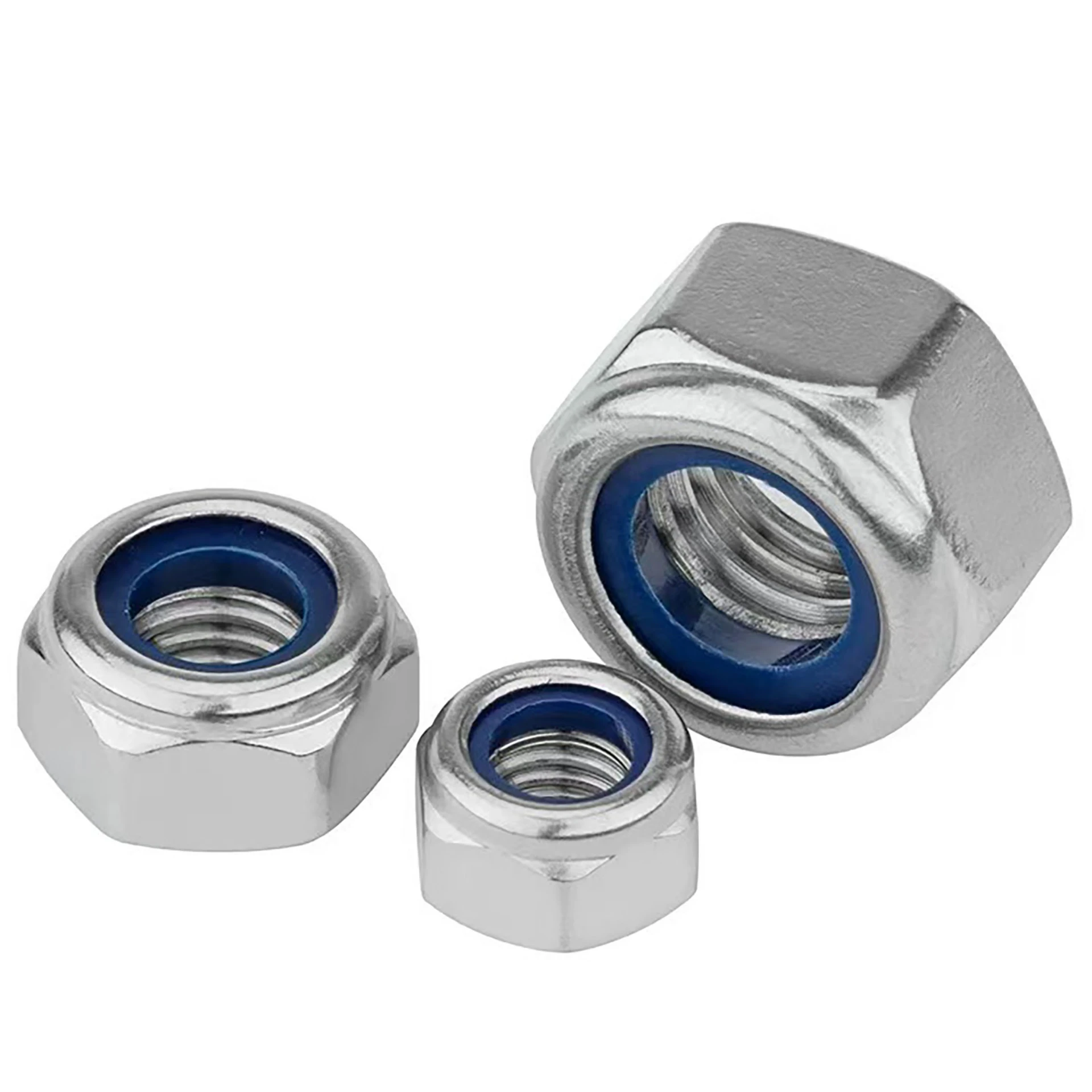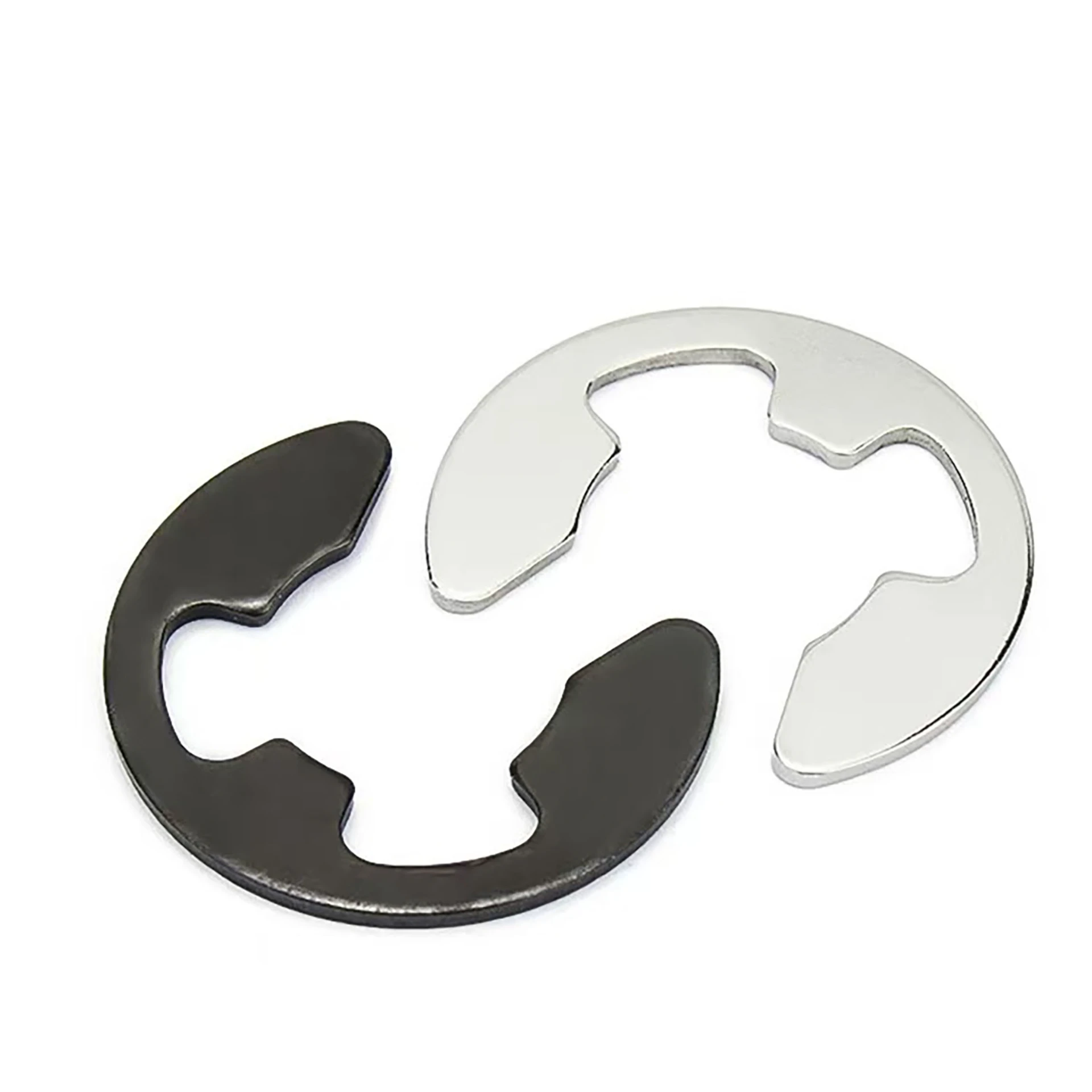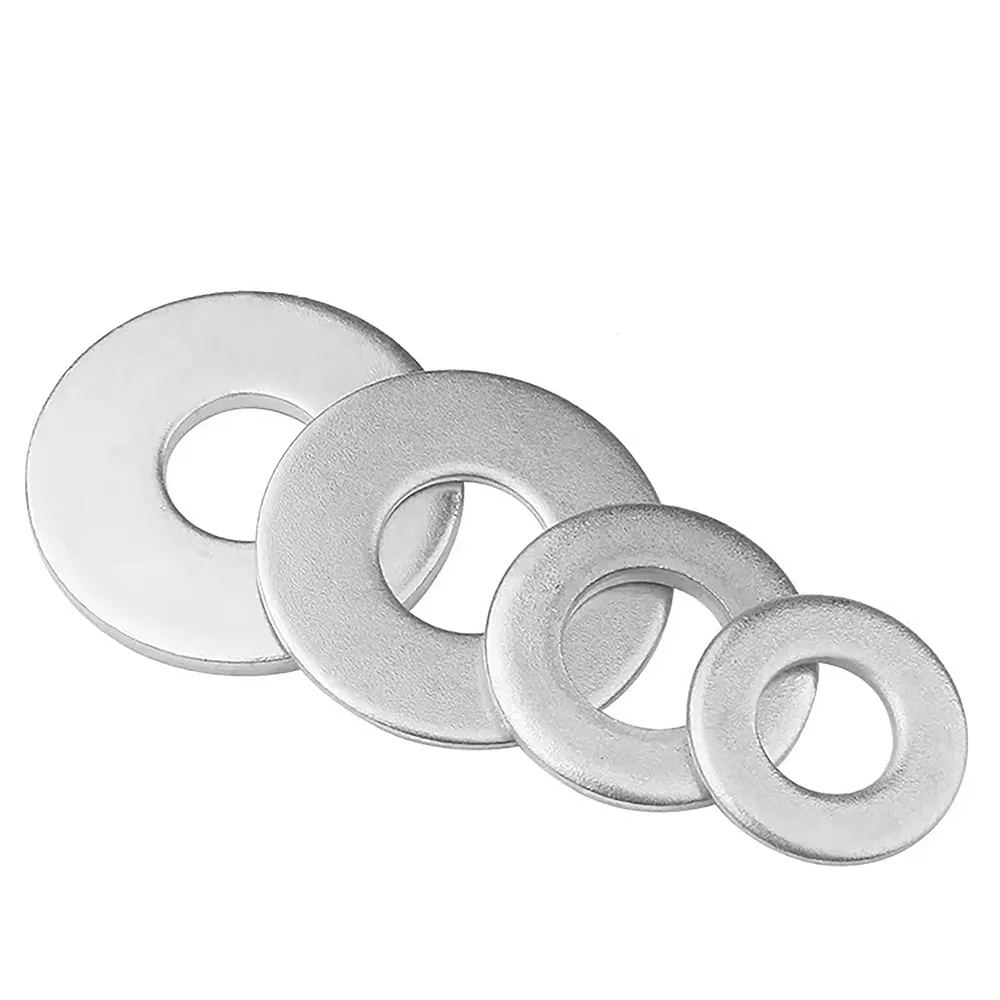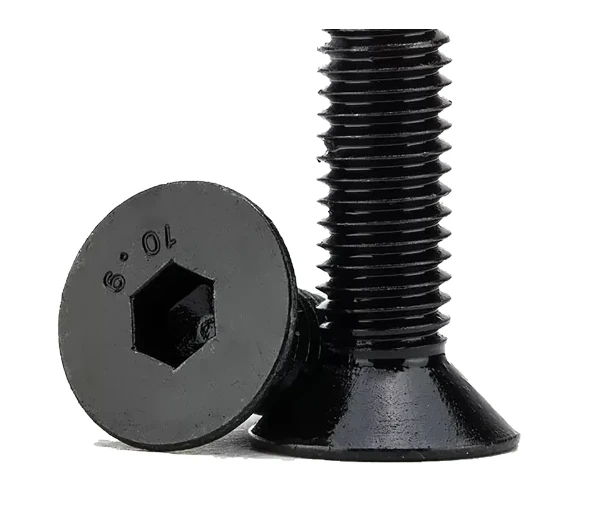Cap Head
In industrial manufacturing, construction, and precision assembly, selecting the right screw cap types ensures strength, durability, and safety. Popular options include the cap screw, cap head bolt, allen head caps, dome head screw caps, phillips head screw cap, and allen key caps. Each type is designed with specific structural features and functional benefits for different applications.
Cap screws are precision-threaded fasteners ideal for machinery and equipment, offering a secure hold in pre-tapped holes. Cap head bolts feature a larger head for increased clamping force, making them perfect for heavy-duty construction. Allen head caps and allen key caps use an internal hex drive, providing a clean finish and enabling use in tight spaces. Dome head screw caps offer both style and tamper resistance, making them suitable for public fixtures or furniture. For applications requiring a versatile and widely compatible drive, the phillips head screw cap delivers easy installation and removal.
The choice of screw cap depends on factors such as material, torque requirements, aesthetic needs, and environmental conditions. Materials range from stainless steel for corrosion resistance to alloy steel for maximum strength. Whether securing industrial machinery, automotive components, or architectural fixtures, the right screw cap improves assembly integrity, reduces maintenance, and enhances the overall performance of the product.
Cap Screw Dimensions
Cap screws are a widely used category of fasteners in mechanical and structural applications, and understanding their dimensions is essential for proper design, selection, and installation. The dimensions of a cap screw typically include its diameter, thread pitch, length, head height, and head diameter. These factors determine the screw’s load capacity, compatibility with mating parts, and suitability for specific environments. For example, in metric systems, cap screws are commonly designated by “M” followed by the nominal diameter, such as M6 or M12. The thread pitch (distance between threads) is also specified, as in M10 × 1.5. In inch systems, cap screws may be described by diameter fractions such as 1/4" or 3/8", combined with thread per inch (TPI) values. The length is measured from the underside of the head to the tip of the screw. In addition to diameter and length, the head dimensions are equally important. Socket head cap screws, for instance, have a cylindrical head with a recessed hex drive, while hex cap screws have larger external hex heads designed for tightening with a wrench. Standards such as ISO, DIN, and ANSI provide exact dimensional specifications to ensure interchangeability across industries. Accurate knowledge of cap screw dimensions is critical for ensuring that fasteners fit properly, distribute load evenly, and deliver the required strength. Engineers and technicians frequently rely on dimension charts and standard tables to select the correct screw for machinery, automotive systems, or construction projects. By referencing standardized dimensions, users can achieve safe, reliable, and consistent fastening performance.
Cap Screw Vs Bolt
Although the terms “cap screw” and “bolt” are often used interchangeably, there are key differences between the two. A cap screw is typically defined as a fastener that is tightened into a threaded hole or paired with a nut, designed to be installed using the head of the screw for torque. Cap screws are often precision-made with tighter tolerances and may feature a flat washer face under the head for better load distribution.
Bolts, on the other hand, are generally used with a nut to secure two or more components together. Unlike cap screws, bolts are not designed to be tightened by the head alone; instead, the nut provides the clamping force. Bolts may have coarser manufacturing tolerances compared to cap screws and are often used in heavy-duty structural applications.
Another difference lies in installation. Cap screws can be used directly in tapped holes, eliminating the need for a nut, which makes them suitable for machinery and assemblies where space is limited. Bolts, however, are more suitable for applications where a through-hole and nut are required, such as in construction and large equipment assembly.
In summary, while both cap screws and bolts serve the same general purpose of fastening materials together, cap screws are usually chosen for precision, machine assemblies, and space efficiency, whereas bolts are preferred for structural applications that require higher clamping force and easier disassembly. Understanding the distinction helps ensure that the right fastener is selected for performance, safety, and durability.
Exploring the Main Screw Cap Types for Industry and Design
-

Cap Screw
Precision-threaded and reliable, cap screws are ideal for machinery, offering strong and secure fastening in pre-tapped holes. -

Cap Head Bolt
With a larger head for greater clamping force, cap head bolts are suited for heavy-duty structural and mechanical applications. -

Allen Head Caps & Allen Key Caps
These internal hex-drive fasteners provide a sleek finish and work well in confined spaces, ensuring durability and ease of installation. -

Dome Head & Phillips Head Screw Caps
Dome head screw caps add decorative appeal and tamper resistance, while phillips head screw caps offer universal compatibility for quick assembly.

